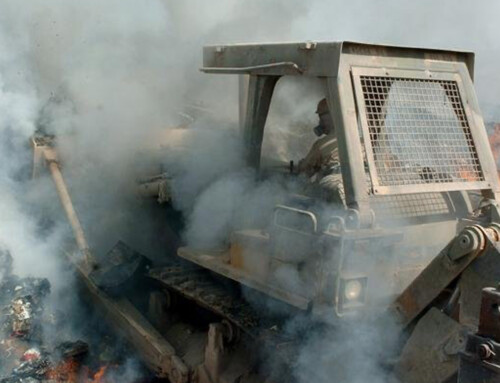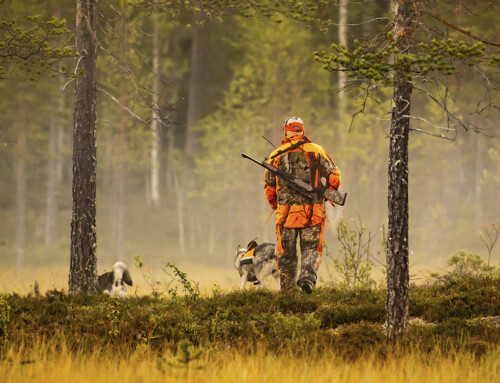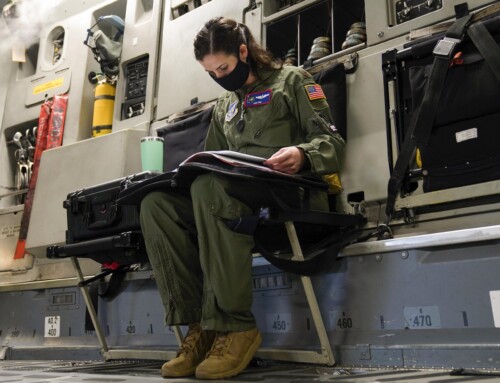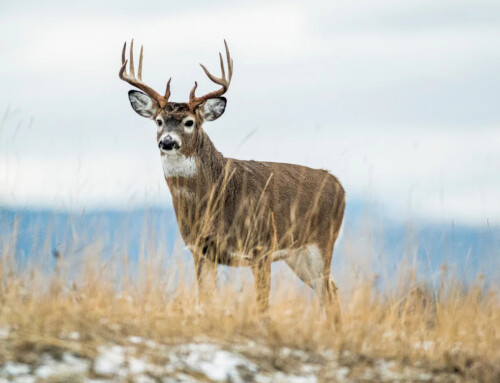Last week, while listening to The Wired To Hunt Podcast, my wife started chuckling and said to me “why the heck do you refer to deer as “toads”? What does that even mean?” And in that moment, it dawned on me. We (meaning us whitetails addicts) use some strange terminology when talking about deer. It all seems normal to you and me, but to someone on the outside listening in, we probably sound crazy. That’s why I realized we needed to create The Whitetail Addict’s Dictionary. A single comprehensive resource encompassing all of the strange deer-speak that we use, available to anyone interested in better understanding how to communicate with a whitetail nut (or just for us to laugh at).
All Day Sit: Believed by some hunters to be merely legend, the all day sit is defined as the painful, butt-numbing activity of sitting all day in your treestand during the November rut, in order to get a shot a buck moving at mid-day.
Axe: Popular slang term for your bow, if you’re a bowhunter.
Baldies: Antlerless deer – most often this would be a female deer
BBD: A popular acronym for “Big Buck Down”, which is what you text all your buddies after shooting a big buck OR what you say after shooting a deer on camera if you are Tiffany Lakosky.
Bedding Area: Contrary to popular belief, this term has nothing to do with human mating rituals, rather it is in reference to an area that deer spend the majority of their daytime hours in a bedded position.
Big Woods: An area of terrain lacking farm fields and other typical openings, consisting mostly of heavy timber, making for tough hunting and occasionally ornery hunters.
Bingo-Bango: The appropriate verbal reaction to finding a giant shed antler, most often used alongside several expletives and at a high volume.
Boogered: What happens when you spook deer out of an area with human presence. For example, when used in a sentence you might say, “John boogered the whole dang property up when he walked through the middle of that bedding area, who invited him to hunt with us?!”
Busted: A term to use when describing what happens when you screw up and the deer discover your presence.
Bump and Dump: Commonly mistaken as a bathroom ritual, the Bump and Dump is actually a hunting tactic defined by bumping a buck out of his bed, to then set up a stand above his bedding area and await his return.
Card Pull: The high stress process of entering a hunting property to remove the SD card from a trail camera and then returning home to check that card for photos.
Chronic Phone Display-aphilia: A condition commonly seen when three or more deer hunters congregate in one area, in which they all are compelled to show each other pictures of deer they have trail camera photos of on their phones.
Climber: Not a mountain athlete and definitely not to be confused with a clinger, a climber is a portable treestand that allows you to ascend a tree using nothing but the treestand itself.
Dandy: A quality buck, one that’s worth getting excited about, but maybe not quite as exciting as others. A dandy is to whitetail bucks, as Justin Moore is to country music. He’s a great musician, but not quite selling out stadiums yet. That said, dandys have lots of potential.
Daylight Walker: A mature buck who is active during daylight hours. These are rare animals and typically will cause any hunter in pursuit of them to drop all other priorities and focus solely on hunting.
DWD: This stands for “driving while deer-watching”, a common ailment effecting whitetail addicts during summer and fall evenings in farm country.
Dink: An off-hand term for a small buck that you have no interest in shooting or to use in reference to the deer your best friend shot.
Dirt Nap: The final, never ending nap a dead deer takes after making a hunter very happy.
Dope: This term is sometimes used to refer to deer pee or some other kind of scent attractant for deer.
Flag: The white underside of a deer’s tale, which raises up and flags back and forth when retreating in alarm.
Flat Tops: Slang term for a female deer.
Forkie: A small four point buck.






